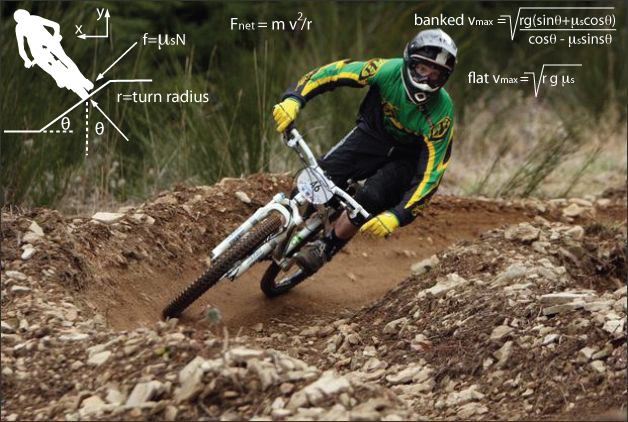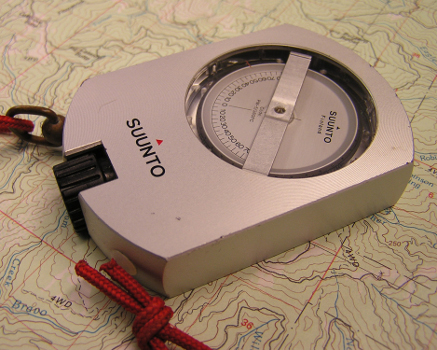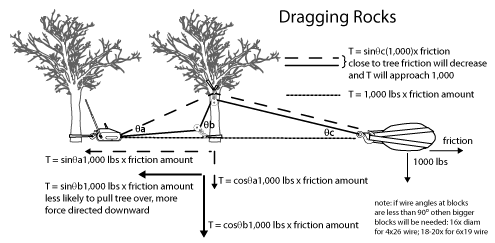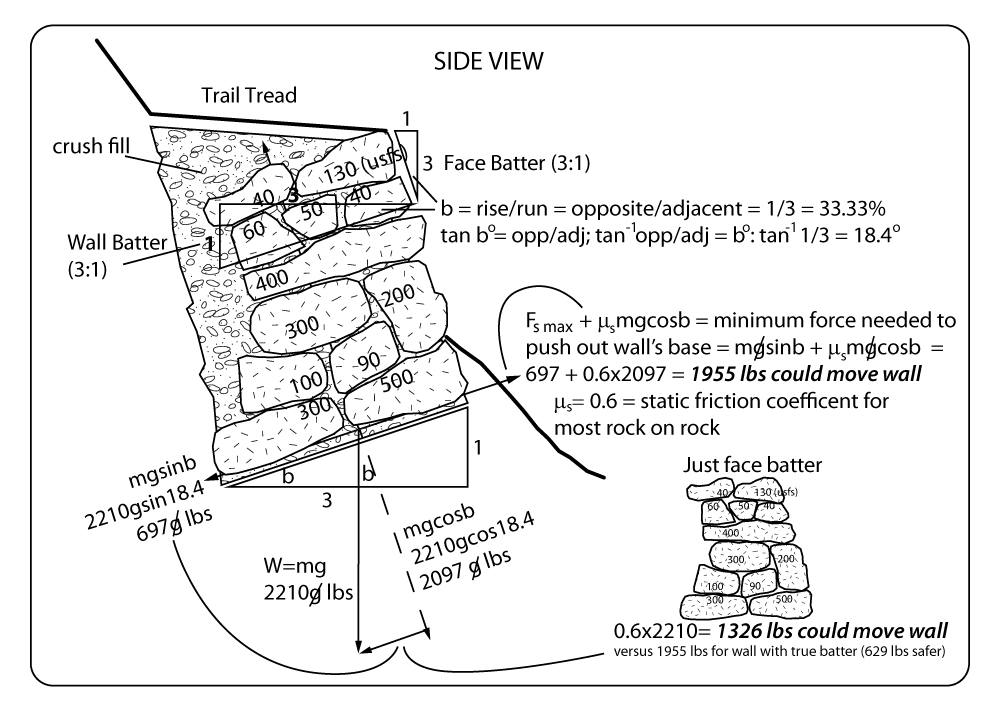Trail Science
Trail science was first introduced to me at a volunteer trail event in San Diego. I immediately knew what was being conveyed by qualifying the work as “science.” The person might have been prompted by IMBA’s use of the term.
Trail building has come a long way since the first primitive foot-worn paths and more contemporary hiking club blaze wars. This isn’t to say there were no trail layouts in times past that built with soil retention and user experience in mind. However, since the 1970’s trail science has been turned into an ology, “Trailology.” For example, although I don’t think a road is a trail, the Center for Dirt and Gravel Road Studies provides information that could be applied by trail builders. The best practices of trail building and design are adapted from science and engineering. Some of that information is explored on this site.

Today trail building and design are more of a craft or science, an “ology,” but there might be a little “witchcraft” too. Maybe that is the art, or voodoo, and perhaps philosophy. Design might be a process of meticulously weighing options or possibilities and how they might change user experiences, or not. Some trails are well thought out compositions, others are made in haste or with little forethought. Some layouts might be varying degrees of a stream of consciousness and/or gut feelings before the pros and cons are explored. There are times when nothing more than utility is considered, does it get from A to B? Is it “the destination not the journey” or “the journey not the destination?”
“Good,” that is “sustainable” trails, are scientific because trail builders use empirical data, or experiences, to find out what works and doesn’t. For instance, tools are used to repeat successful design elements with measurements. This means more than digging implements and mechanical advantages like levers. It means tools that measure like levels, tape measures, and clinometers. In addition, trail science might also employ math and physics equations.
Some designs will last a lifetime, while others might ‘live fast and die young.’ Like all things on earth, trails start to gray, or rust, some aging better than others as entropy moves forward. This isn’t to say trails designed and planned like a science will last forever. However, with a good measure of philosophy trail science can create trails that last, and something that uses want to use again and again.
Bigger than science

From Darwin to Sagan, to ‘Bucky’ Fuller, science is bigger than just measurements and knowledge. Science is the frame, the detail, and the picture inside is the awe, the fascination, the experience, the success, the failure, the experiences and explorations. These drive the creating and learning processes of a trail science that we can share with others. Living in the frame and in the tradition of learning to ask questions is what helps create something beautiful and smart.
The bigger things or big picture is harder to measure, or can’t be, but if the baseline uses some science maybe that’s all trail science needs.
Trail Science is Sustainability
Many trail builders would argue that there are three goals to attain:
- low environmental impact
- low maintenance requirements
- minimal user conflict

Science certainly plays into all three of these goals: First, ecology, Second, engineering, and thirdly engineering, biology, and maybe philosophy. All three are under or within the arch of art, good and bad.

The “Science” section of trailism will try to address the goals above. In a word, “sustainability”– sustainability for other species, the trail itself, and perhaps our own species if you consider the physical and mental health benefits of trails, including safer trails.

My scientific trail focus has been on the math or physics end. Bringing a little more depth to the field interests me, so I try do that. I am especially interested in mountain bike design where soil retention can be pushed to its limits for exhilarating experiences.
The future of trail science
How much farther trail science, or trailology, can go from where it is now is hard to predict, and it might be a worthless exercise. What matters is to keep growing and flowing. Like most industries or arts if trailologists don’t forget where they came from and what tools they needs to be successful then trail science is bound to evolve.

Trail science and tradition
Much of what builders and designers apply in the realm of ‘trail science’ was discovered by trail building pioneers or a particular building group’s predecessors. Many best practices are borrowed from other fields. Consider for example traditions and crafts like dry stone masonry and bridge building. Like most crafts some traditions and best practices are passed down to the next generation. Sometimes they are refined, other times they are discarded. For example, the use of chevrons or tire strip water bars. They are still used, but in limited applications these days. Like science, this change was practically a paradigm shift of tradition in some circles.

I think most trail builders and maintainers try their best to learn and carry on these traditions, because I think most people want to create something beautiful and lasting, something smart.
Trail professionals and some trail volunteers reach a point in their lives where they may specialize in one (or many) aspects of trails. This might be “Trailology.” I’d call these people “Trailologists,” as they have elevated what they do or produce into a science for trails. The science is mixed with art and some subjectivity because everything is not black and white, and it’s nice to step away from over analyzing or complicating what could be simple (on the surface anyway).
Pingback: Confessions of a trail dumb downer: Is it trail maintenance or trail sanitation?
Pingback: Flow versus Flowy Trails – Trailism
Pingback: 5 Things Jordan Crawford Learned From The Appalachian Trail – Trailism
Pingback: PURPOSE BUILT – Trailism